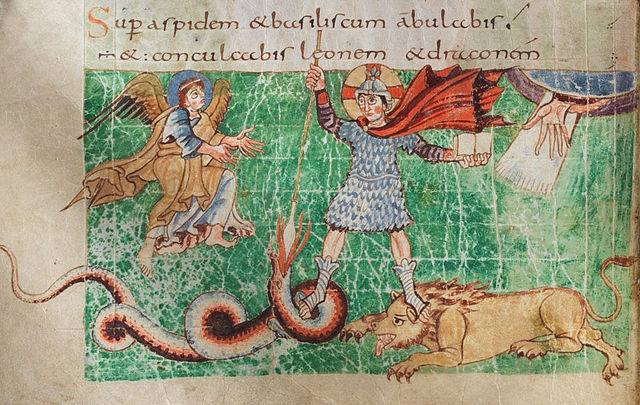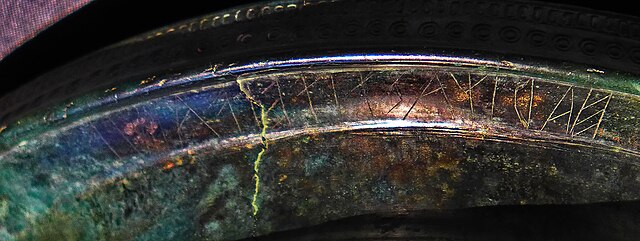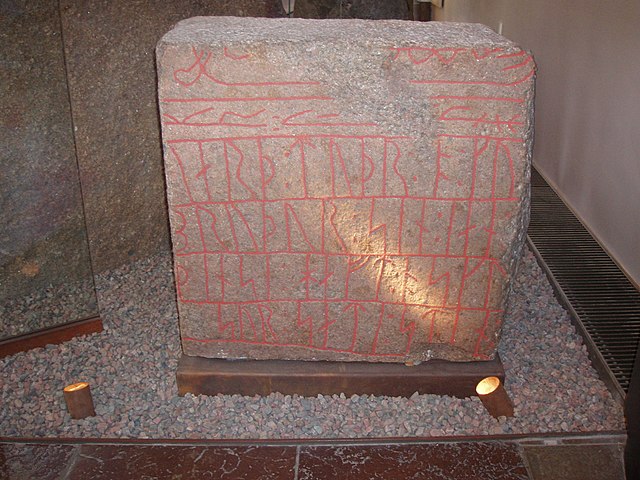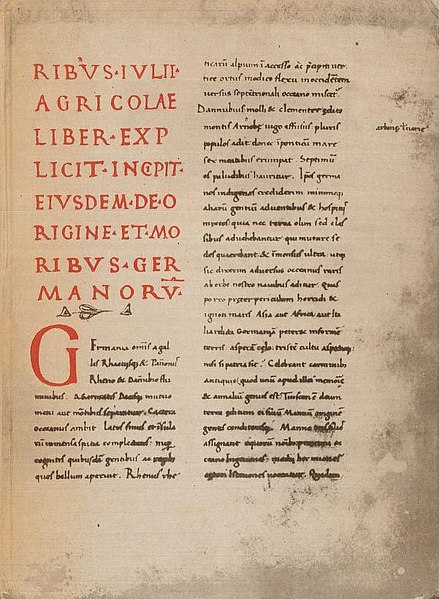Christianisation of the Germanic peoples
The Germanic peoples underwent gradual Christianization in the course of late antiquity and the Early Middle Ages. By AD 700, England and Francia were officially Christian, and by 1100 Germanic paganism had also ceased to have political influence in Scandinavia.
9th-century depiction of Christ as a heroic warrior (Stuttgart Psalter, fol. 23, illustration of Psalm 91:13)
Figure carved on the Frankish grave stele of Königswinter (seventh century), known as the earliest material witness of Christian presence in the German Rhineland; the figure is presumably a depiction of Christ as a heroic warrior wielding a lance, with a halo or crown of rays emanating from his head.
Germanic paganism or Germanic religion refers to the traditional, culturally significant religion of the Germanic peoples. With a chronological range of at least one thousand years in an area covering Scandinavia, the British Isles, modern Germany, and at times other parts of Europe, the beliefs and practices of Germanic paganism varied. Scholars typically assume some degree of continuity between Roman-era beliefs and those found in Norse paganism, as well as between Germanic religion and reconstructed Indo-European religion and post-conversion folklore, though the precise degree and details of this continuity are subjects of debate. Germanic religion was influenced by neighboring cultures, including that of the Celts, the Romans, and, later, by the Christian religion. Very few sources exist that were written by pagan adherents themselves; instead, most were written by outsiders and can thus present problems for reconstructing authentic Germanic beliefs and practices.

A 5th or 6th-century C-type bracteate (DR BR42) showing a figure, likely Odin, above a horse with dislocated legs. This may refer to Odin's healing of Baldr's horse in the Second Merseburg Charm and was likely a talisman.
The B inscription on the Negau helmet, c. 450-350 BCE. This inscription may be the earliest attestation of the name of the Germanic god Tyr's name.
Sønder Kirkeby runestone I (c. 1000). The inscription calls on Thor to hallow something unspecified.
The opening page of the Codex Aesinas of Tacitus's Germania, which gives a large amount of information on Roman-era Germanic religion.






